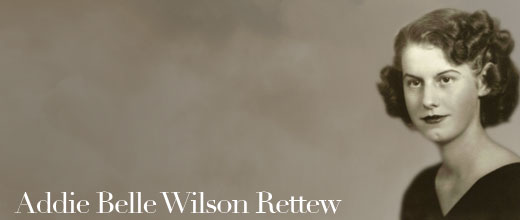What does Leadership Passion look like? What does your own Leadership Passion look like? How has it helped you? Has it ever hindered you?
This was a tough question to answer…but one that must be posed to leadership. Here is my thoughts to the above questions.
I think I started answering this question in the prevision: Can Passion be taught? [Leadership Summit 2011 – Part 5].
Passion is language. We are built with passion inside us…it is a part of our pathos. It just takes someone, something, an event, and time period…something to give passion “language.” We have those feelings inside, we get excited about something, but we must learn how to communicate that passion. Some can find the right words, some communicate their passion through music, dance, drawing, or whatever…but the ability to share our passion is finding language to express. That is where leadership comes into play…how can we lead those to find and share their passion? We must be willing to equally share our passions. We help the people around us bring language to their inner most desires…that desire is leadership.
Passion can sometimes have an equal force in the equation. When we share our passion, we can attract a group of common minded people. We can also marginalize those that do not share the same passion. Sometimes our passion makes us stand upon solid ground where others choose not to go, and it can sometimes hurt the relationships around us. This idea of passion and marginalizing groups of people makes me think of Dissoi Logoi…the idea of opposing arguments.
Here is an interesting discussion centered around the idea of Dissoi Logoi:
By putting yourself as fully into each side as possible, you begin to see the internal logic of each position. This insight is important for several reasons. First, it may help you to be more understanding of your opponents’ position (they’re not always the fools we think they are when we haven’t explored their position carefully). Second, it may make it possible for you to find some area of common ground between the two positions that will produce cooperation rather than arguing to “win.” Third, even if you think the opponents’ view is wrong and must be defeated, you at least know what arguments they are likely to use, and you can figure out how to disarm those arguments ahead of time.
As leaders, we must be cognizant of our passion and fully understand the opposing viewpoints of those we marginalize. My passion may and has turned people off, hurt people’s feelings, or even created rifts in relationships. Learning to be a leader is learning how to manage that passion, channeling that passion when it is appropriate, and understand when it might have a negative effect on those surrounding us.
My passion has hindered me. I have lost friends, hurt family members, and even compromised business relationships. But those who stood by me during those times have been the ones that provided wonderful long-term relationships. Has passion hindered you?


